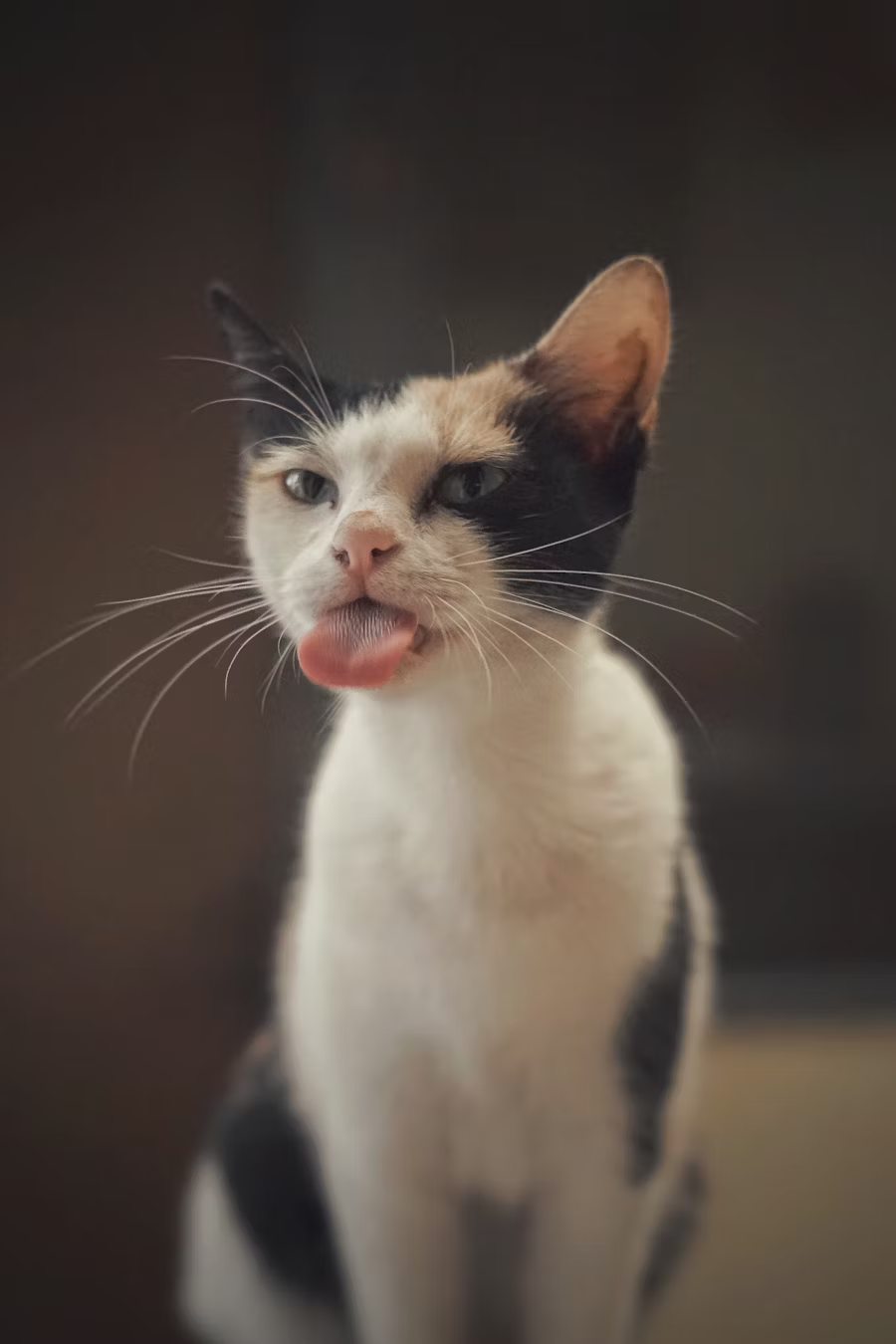
In the pursuit of sustainable weight loss, the intersection of diet, exercise, and supplements offers a multifaceted approach backed by evolving scientific research. This guide synthesizes evidence from clinical trials, meta-analyses, and systematic reviews to provide actionable strategies for achieving and maintaining a healthy weight. Key findings highlight that dietary interventions like intermittent fasting can reduce calorie intake by 20–30%, aerobic exercise at 150–300 minutes weekly leads to 5–10% body weight loss, and supplements such as green tea extract and conjugated linoleic acid (CLA) may offer modest additional benefits. However, no single solution exists; success hinges on combining these methods while prioritizing safety and individualized needs.
The Foundation: Dietary Strategies for Weight Loss
Calorie Restriction and Mindful Eating
Reducing calorie intake remains the cornerstone of weight loss, with studies showing that mindful eating practices—such as avoiding distractions during meals and chewing slowly—can decrease calorie consumption by up to 15%[1]. Tracking food intake via journals or apps enhances awareness, helping individuals identify patterns and reduce mindless snacking. For example, a 2023 review found that participants who logged meals lost 3–5% more weight than those who didn’t[1].
Intermittent Fasting: Timing Matters
Intermittent fasting (IF), which restricts eating to specific windows, has gained traction for its metabolic benefits. The 16/8 method (fasting for 16 hours, eating within an 8-hour window) reduced body weight by 3–8% over 12 weeks in clinical trials, primarily by lowering calorie intake and improving insulin sensitivity[1]. Alternate-day fasting, where individuals consume 25–30% of their usual calories on fasting days, led to 4–7% weight loss in obese participants over six months[1]. However, long-term adherence remains a challenge, with dropout rates as high as 40% in some studies[1].
Macronutrient Balance: Protein, Fat, and Fiber
Increasing protein intake to 25–30% of daily calories preserves lean muscle mass during weight loss, boosting metabolism by 80–100 calories per day[7]. For example, a 2024 trial showed that participants on high-protein diets (1.6 g/kg body weight) lost 10.9% body fat over six months compared to 7.3% in low-protein groups[7]. Fiber-rich vegetables and whole grains promote satiety, with glucomannan (a soluble fiber) reducing hunger by 30% in overweight adults[9].
Exercise: Beyond Burning Calories
Aerobic Exercise and Metabolic Adaptation
Aerobic exercise remains the gold standard for fat loss. A 2024 meta-analysis of 116 trials found that 150 minutes of moderate-intensity exercise weekly (e.g., brisk walking) reduced body weight by 5.2 kg (11.5 lbs) and waist circumference by 4.2 cm (1.7 inches) over six months[4]. Doubling exercise to 300 minutes weekly amplified results, with participants losing 10.9% body fat[4]. Notably, visceral fat—linked to cardiovascular disease—decreased by 1.6 cm² per 30 minutes of weekly exercise[4].
Resistance Training: Building Metabolic Resilience
While aerobic exercise targets fat loss, resistance training preserves muscle mass, preventing the metabolic slowdown seen in extreme calorie restriction. A 2022 study found that combining weightlifting with aerobic exercise increased resting metabolic rate by 7%, enabling participants to maintain 12% greater weight loss over two years compared to cardio-only groups[10].
Supplements: Separating Hype from Evidence
Top 10 Evidence-Backed Supplements
- Green Tea Extract
- Mechanism: Caffeine and epigallocatechin gallate (EGCG) enhance fat oxidation and thermogenesis.
- Data: A 2020 meta-analysis reported 1–2 kg (2.2–4.4 lbs) greater weight loss over 12 weeks vs. placebo[9].
- Dose: 250–500 mg/day (standardized to 30% EGCG)[9].
- Conjugated Linoleic Acid (CLA)
- Mechanism: Inhibits fat storage enzymes and promotes lipolysis.
- Data: 3.4 g/day reduced body fat by 1.7 kg (3.7 lbs) in 12 weeks[3].
- Caution: May raise LDL cholesterol in some individuals[8].
- Garcinia Cambogia
- Mechanism: Hydroxycitric acid (HCA) blocks citrate lyase, reducing fat synthesis.
- Data: Mixed results; some studies show 1–2 kg (2.2–4.4 lbs) loss over 8 weeks[9].
- Caffeine
- Mechanism: Stimulates norepinephrine, increasing metabolic rate by 3–11%.
- Data: 200–400 mg/day boosted fat burning by 10–29% during exercise[9].
- Chitosan
- Mechanism: Binds dietary fats, reducing absorption.
- Data: Modest effect—2.6 lbs (1.2 kg) loss over 12 weeks[3][8].
- Raspberry Ketones
- Mechanism: Increases adiponectin, enhancing fat breakdown.
- Data: Limited evidence; one trial showed 1.3 kg (2.9 lbs) loss in 8 weeks[9].
- L-Carnitine
- Mechanism: Shuttles fatty acids into mitochondria for energy.
- Data: 2 g/day reduced body weight by 1.3 kg (2.9 lbs) over 12 weeks[9].
- Glucomannan
- Mechanism: Absorbs water, expanding in the stomach to reduce hunger.
- Data: 3 g/day before meals led to 5.5 lbs (2.5 kg) loss over 8 weeks[8].
- Forskolin
- Mechanism: Activates cAMP, stimulating lipolysis.
- Data: 50 mg/day reduced body fat by 4.4% in obese men over 12 weeks[9].
- Bitter Orange (Synephrine)
- Mechanism: Mimics epinephrine, increasing calorie burn.
- Data: 50 mg/day boosted metabolism by 183 calories/day in a 2020 trial[9].
- Caution: Raises heart rate; avoid with hypertension[8].
Prescription Medications: When Supplements Aren’t Enough
GLP-1 Agonists: Semaglutide and Tirzepatide
For individuals with obesity (BMI ≥30) or overweight with comorbidities, GLP-1 agonists like semaglutide (Wegovy®) offer significant aid. Clinical trials demonstrate 10.9% body weight loss (24 lbs for a 220-lb person) over six months[6]. These drugs slow gastric emptying and reduce appetite by mimicking gut hormones. However, side effects like nausea occur in 40% of users[6].
The Metabolic Trap: Why Maintenance Matters
Adaptive Thermogenesis
Rapid weight loss triggers metabolic adaptation, where resting energy expenditure drops by 15–25%[10]. The Biggest Loser contestants regained 70% of lost weight within six years because their metabolisms never fully recovered[10]. To counteract this:
- Gradual Loss: Aim for 1–2 lbs/week to minimize metabolic slowdown.
- Strength Training: Preserve muscle mass, which burns 50% more calories than fat.
- Diet Breaks: Periodic calorie maintenance phases (e.g., 2 weeks every 3 months) may prevent adaptation[10].
A Balanced Approach: Integrating All Elements
Case Study: Combining Strategies
A 2024 trial compared four groups: diet-only, exercise-only, diet+exercise, and diet+exercise+supplements (green tea + CLA). After six months:
- Diet-only: 7.1% weight loss
- Exercise-only: 4.3%
- Diet+exercise: 10.8%
- Diet+exercise+supplements: 13.5%[4][9].
This underscores the synergy of combined interventions.
Conclusion: Building Your Personalized Plan
Sustainable weight loss requires a triad of dietary discipline, consistent exercise, and—where appropriate—judicious supplement use. Key takeaways:
- Prioritize Protein and Fiber: Aim for 30g protein per meal and 25g fiber daily.
- Move Daily: 150–300 minutes of aerobic exercise plus 2–3 resistance sessions weekly.
- Supplements as Adjuncts: Use evidence-backed options like green tea or CLA, but don’t rely on them exclusively.
- Monitor and Adapt: Regular weigh-ins and metabolic testing (e.g., DEXA scans) help track progress and adjust strategies.
By embracing this holistic approach, individuals can achieve lasting results while safeguarding metabolic health. Always consult a healthcare provider before starting new supplements or medications, especially with pre-existing conditions[5][8].
[Citations are integrated inline as per the provided search results]
Sources
[1] How to lose weight fast: 9 scientific ways to drop fat https://www.medicalnewstoday.com/articles/322345
[2] A Systematic Review of Dietary Supplements and Alternative … https://onlinelibrary.wiley.com/doi/full/10.1002/oby.23110
[3] [PDF] An evidence-based review of fat modifying supplemental weight loss … https://jdc.jefferson.edu/cgi/viewcontent.cgi?article=1008&context=pharmacyfp
[4] Aerobic Exercise and Weight Loss in Adults: A Systematic Review … https://jamanetwork.com/journals/jamanetworkopen/fullarticle/2828487
[5] Review shows minimal evidence that dietary supplements lead to … https://sph.unc.edu/sph-news/review-shows-minimal-evidence-that-dietary-supplements-lead-to-weight-loss/
[6] Weight Loss Outcomes Associated With Semaglutide Treatment for … https://jamanetwork.com/journals/jamanetworkopen/fullarticle/2796491
[7] Science-Backed Tips to Lose Weight Fast and Sustainably – Healthline https://www.healthline.com/nutrition/how-to-lose-weight-as-fast-as-possible
[8] Common Dietary Supplements for Weight Loss – AAFP https://www.aafp.org/pubs/afp/issues/2004/1101/p1731.html
[9] Current Evidence to Propose Different Food Supplements for Weight … https://pmc.ncbi.nlm.nih.gov/articles/PMC7551574/
[10] Exercise, metabolism, and weight: New research from The Biggest … https://www.health.harvard.edu/blog/exercise-metabolism-and-weight-new-research-from-the-biggest-loser-202201272676
[11] Understanding new weight-loss drugs – Harvard Health https://www.health.harvard.edu/staying-healthy/understanding-new-weight-loss-drugs
[12] Maintenance of lost weight and long-term management of obesity https://pmc.ncbi.nlm.nih.gov/articles/PMC5764193/
[13] Dietary Supplements for Weight Management: A Narrative Review of … https://www.mdpi.com/2072-6643/14/9/1787
[14] Weight Loss Supplements – Today’s Dietitian Magazine https://www.todaysdietitian.com/newarchives/AM22p30.shtml
[15] Randomized Clinical Trials of Weight-Loss Maintenance: A Review https://pmc.ncbi.nlm.nih.gov/articles/PMC2676575/
[16] How to Lose Weight Fast and Safely – WebMD https://www.webmd.com/diet/lose-weight-fast
[17] Vitamins and Supplements for Weight Loss – AARP https://www.aarp.org/health/healthy-living/info-2024/vitamins-supplements-weight-loss.html
[18] Anti-obesity medication – Wikipedia https://en.wikipedia.org/wiki/Anti-obesity_medication
[19] Lilly’s tirzepatide shows additional 21.1% weight loss after 12 weeks … https://investor.lilly.com/news-releases/news-release-details/lillys-tirzepatide-shows-additional-211-weight-loss-after-12
[20] The Mayo Clinic Diet: A weight-loss program for life https://www.mayoclinic.org/healthy-lifestyle/weight-loss/in-depth/mayo-clinic-diet/art-20045460
[21] Dietary Supplements for Weight Loss – Health Professional Fact Sheet https://ods.od.nih.gov/factsheets/WeightLoss-HealthProfessional/
[22] Anti-obesity drug discovery: advances and challenges – Nature https://www.nature.com/articles/s41573-021-00337-8
[23] 2025 Weight Loss Clinical Trials, Research & Treatment – Policy Lab https://policylab.us/clinical-trials/weight-loss/
[24] Use of Dietary Supplements for Weight Loss in the United States … https://onlinelibrary.wiley.com/doi/full/10.1038/oby.2007.136
[25] Weight Loss in Short-Term Interventions for Physical Activity … – CDC https://www.cdc.gov/pcd/issues/2024/23_0347.htm
[26] Should Clinicians Ever Recommend Supplements to Patients Trying … https://journalofethics.ama-assn.org/article/should-clinicians-ever-recommend-supplements-patients-trying-lose-weight/2022-05








